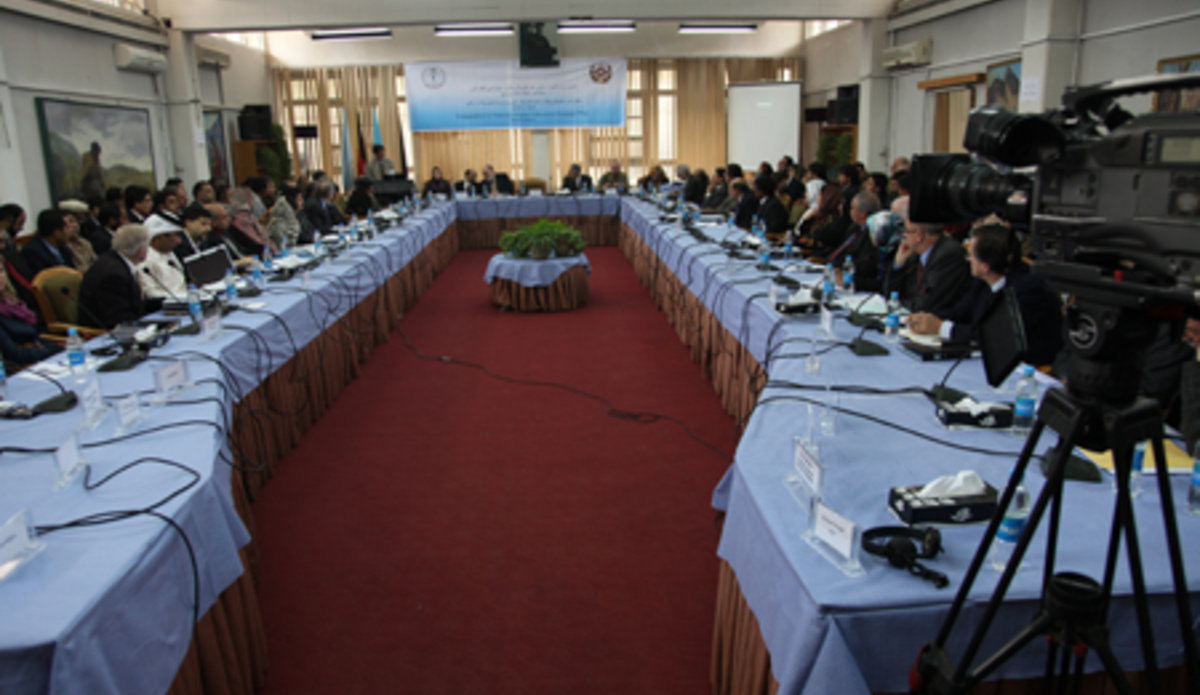Higher education set to soar in Afghanistan
4 December 2009 - A new plan to double the number of places at Afghanistan’s universities has been launched in Kabul.
The plan aims to build a high quality, internationally recognized and well-managed public and private higher education system that responds to Afghanistan’s growth and development needs, improves public well-being, respects traditions, and incorporates modern scientific knowledge.
The Minister of Higher Education, in the presence of high-ranking officials, ambassadors, international donors, and UNAMA’s Special advisor on Development Mark Ward, inaugurated the National Higher Education Strategic Plan yesterday at Kabul University.
“The new strategy for higher education will nearly double the number of places for Afghan students in university in five years,” said Mark Ward during the inauguration.
“The plan is to increase the number of places in Afghanistan’s universities from the current 62,000 to 115,000 in 2014,” he added.
There have been significant improvements in the education sector since the fall of the Taliban regime, in 2001, with school attendance increasing from less than one million children in 2001 to more than seven million attending school today.
This success has created pressure on the country’s universities to expand.
“We must also focus on quality too. Afghanistan’s universities must teach what young people need to know today, to take their place in a modern workforce, not ideas and skills from the past,” Mr Ward added.
The plan also includes the training of more than 1,000 university teachers, the rehabilitation of teaching infrastructures, such as the building of additional classrooms, laboratories, computer labs, offices and other facilities at all existing universities.
The main goal is to match the education system with the realities of Afghanistan, by producing quality graduates relevant to the market needs of the country, and also to encourage research which focuses on key problems facing Afghanistan including its agriculture, business, mining, education and private sectors.
The budget of this strategy is US$ 560 million and still requires support from international donors.
By Alexandre Brecher-Dolivet, UNAMA
 UN
UN







